Young Rich Widows is the first book in the Widows series. Written by thriller powerhouses Kimberly Belle, Layne Fargo, Cate Holahan, and Vanessa Lillie, this novel is a thrilling mystery surrounding a plane crash, money, and the widows’ inheritance. We sat down with these four women to learn more about their co-author collaboration that made this story a #1 Audible Original.
From Vanessa:
Like any story about writers writing, the creation of Young Rich Widows starts with loneliness and anxiety. It was fall of 2020, and I was out of contract with her publisher and needed a creative lifeline in the midst of the pandemic. My agent at the time said that Audible was buying short stories from thriller authors, and while the length appealed, I thought it would be more fun (yes! Writing can be fun, I needed reminding) to work with three other authors, and co-write a full-length novel.
The idea came from a real conversation with my husband (a lawyer) who mentioned that if he went down in a plane crash with the other partners of the firm, the widows would be left to sort things out. I thought it would be interesting to throw four women together after their spouses mysteriously die and it being a thriller, the killers are after them too. And, why not set in in the mobbed-up 1980s Providence?!
The best part was I convinced authors I already admired and who I had met at conferences to join the fun – Kimberly Belle, Layne Fargo and Cate Holahan said yes, let’s do it! Then we wrote a proposal, sample chapters from each of our characters’ points of view, and Audible was in. Flash forward to Young Rich Widows being a #1 bestselling audiobook, and we were lucky enough to have Sourcebooks bring the story to print. A sequined and shoulder-padded dream come true!
From Kimberly:
Once we got the green light, the four of us hammered out a fairly detailed outline over a long string of Zooms. This was my favorite part of the process, partly to get out of the Covid bubble we were living in at the time, but also because these meetings felt like a virtual writer’s room, where we really pushed each other’s creative boundaries. “I have a vision,” one of us (usually Vanessa) would say, and the zaniest plot points would take form. Pet wolves? Um, okay. How about a high-speed yacht chase? Sure, why not? No idea was too far-fetched. By the end of the session, we’d usually figured out how to work it into the story.
Because we were each responsible for a character, we were also highly protective of that character’s voice and arc. If one of my co-authors wrote a line that didn’t sound like something my character would say, I had full authority to tweak it or even rewrite it altogether, and same goes with actions. If an author said their character would respond differently, the other authors listened.
Yes, writing is still a solitary endeavor, with each of us tackling a chapter a week, but every week ended in another day-long Zoom to edit those four chapters and discuss the upcoming four. We’d fine-tune what was on the page, add in zingers that had the four of us cackling, come up with ways to take the next four chapters beyond what we’d originally envisioned in the original outline. I often say that this was the most fun I’ve ever had writing a book (two books, actually, with hopefully two more coming), and it’s because of those Zooms with my co-authors…and maybe a little bit because of the wolves.
From Layne:
I have to admit, I was wary when Vanessa first approached me, cause I’ve always hated group projects. But that was just because I’d never done a project with a group as fabulous and talented as this before! Everyone was dedicated and engaged from the jump, and there was an instant… I guess I’d call it creative chemistry? We had enough in common to make working together a breeze, and enough differences that we could balance each other out.
If any other writers out there are considering a collaborative project like this, here’s some advice: before you get started, ask your potential collaborators if they’re plotters (planning everything out beforehand) or pantsers (making it up as you go along). We did not ask this until after we’d already committed to working together—but luckily, it turned out all four of us are hardcore spreadsheet-loving plotters.
The main way writing Widows has impacted my solo books, beyond all the nifty craft tricks I’ve learned from working closely with such incredible thriller writers, is that I focus a lot more on the joy of the process. If I’m not having fun while I’m writing, if something feels stale or restrictive instead of fresh and expansive, then I know I need to take a step back. There’s this idea that making art should be a trial or a slog or a battle—and sure, we all have days like that. But it shouldn’t feel that way all the time. Sometimes it can even feel like a party!
From Cate:
When Vanessa reached out about writing a fun, twisty mob tale, I wasn’t sure I’d be right for the project. It was so unlike anything I’d ever done. But I signed on because I admired the people involved and was dying for some adult conversation after being stuck homeschooling during those early months of Covid while my husband locked himself in his home office. And those early weeks discussing the characters and their arcs, plotting out the story, were some of the most fun I’ve ever had as a writer.
I put a lot of my own personal longing for adult interaction into the character of Justine. She’s a relatively new mom, transplanted to a strange city where she lacks friends or extended family, who’s stuck at home while her husband puts in plenty of overtime at the office. The kinship I felt with her wants and needs made her easy to write. I knew how she was feeling and what she’d do in certain situations. She’d lost herself in trying to be everything to her kids and her arc was that she needed to reconnect with the traits that made her a strong, capable woman and individual. She needed to remember who she was before her identity had become consumed by motherhood. Watching her develop struck a chord with me. I was cheering her on from behind the screen.
I think we all respect one another so much that we can use our disagreements to come up with creative solutions that make everyone feel comfortable with the work, and surprise us—in a good way. It’s always great when your characters become even more than you imagined, and I think we push each other so that happens.
My favorite part of the collaboration process is the immediate feedback on our work. We are all reading one another’s chapters each week and weighing in—course correcting as needs be. For me, it was very satisfying to have creative debates in real time before having written a whole novel before getting another set of eyes on it.
This collaboration has made me much more aware of the value of humor in dark work, the way it can connect you to a character even when they’re making decisions with which you disagree. It’s a great tool that I hadn’t appreciated enough.
From all four co-authors:
Getting to revisit our characters for the sequel was such a joy for all of us, and we are nowhere near done. We have lots of thoughts on how to wrap up each of the widows’ stories, and we can’t wait to work with each other again–hopefully in the very near future.
Young Rich Widows
It’s 1985 when a private jet crashes outside of New York City, leaving none of the passengers alive. But what is left behind is a mystery, that flight was not supposed to be in New York that day and it had been carrying millions in cash. Now four newly-widowed women must uncover the truth of what happened on their husbands’ flight, before the mafia and suspicions reach them.
Buy the book now: Bookshop.org | Amazon | Barnes & Noble

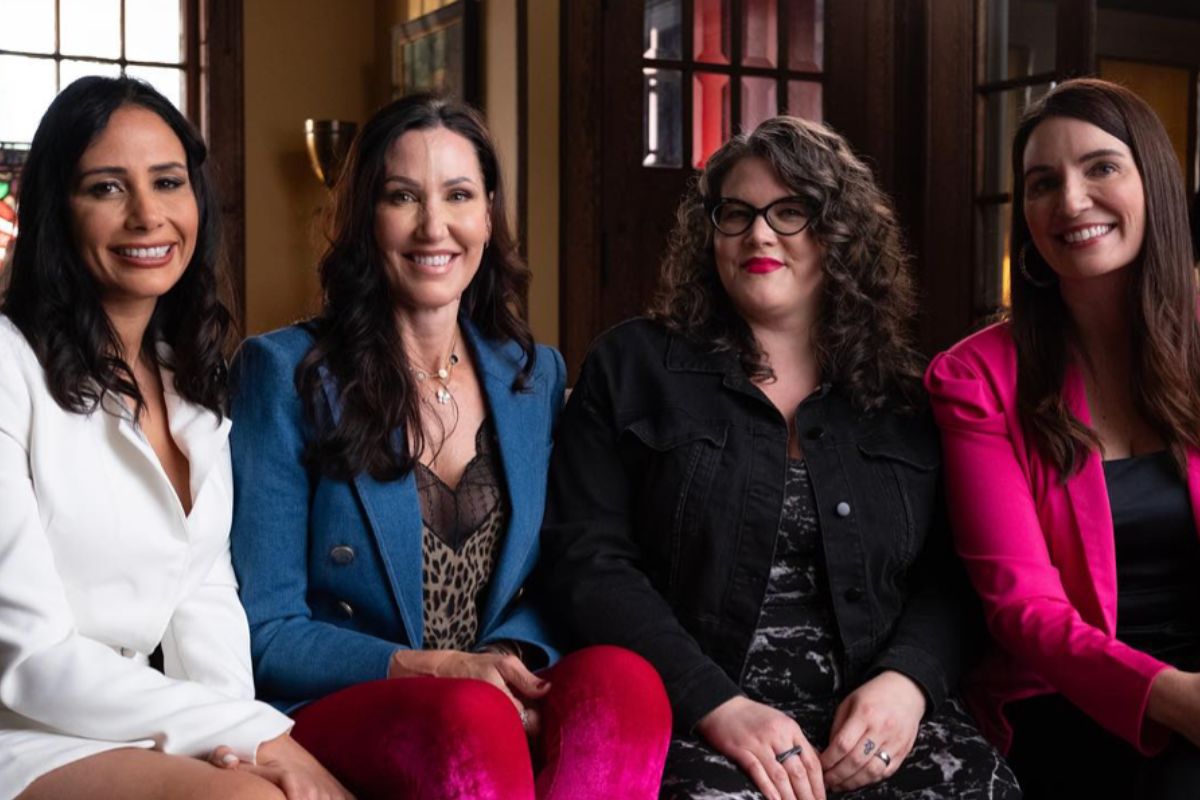
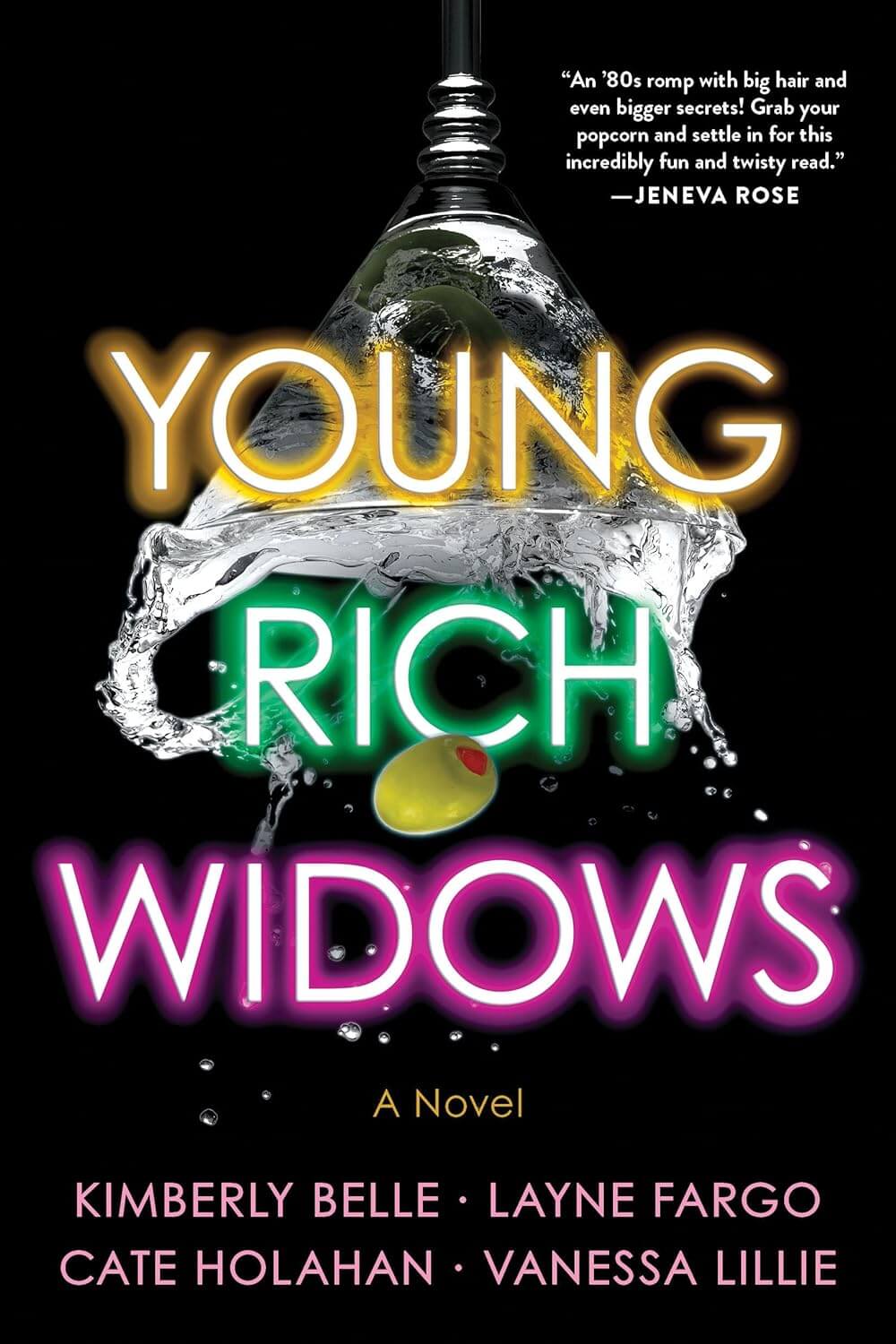

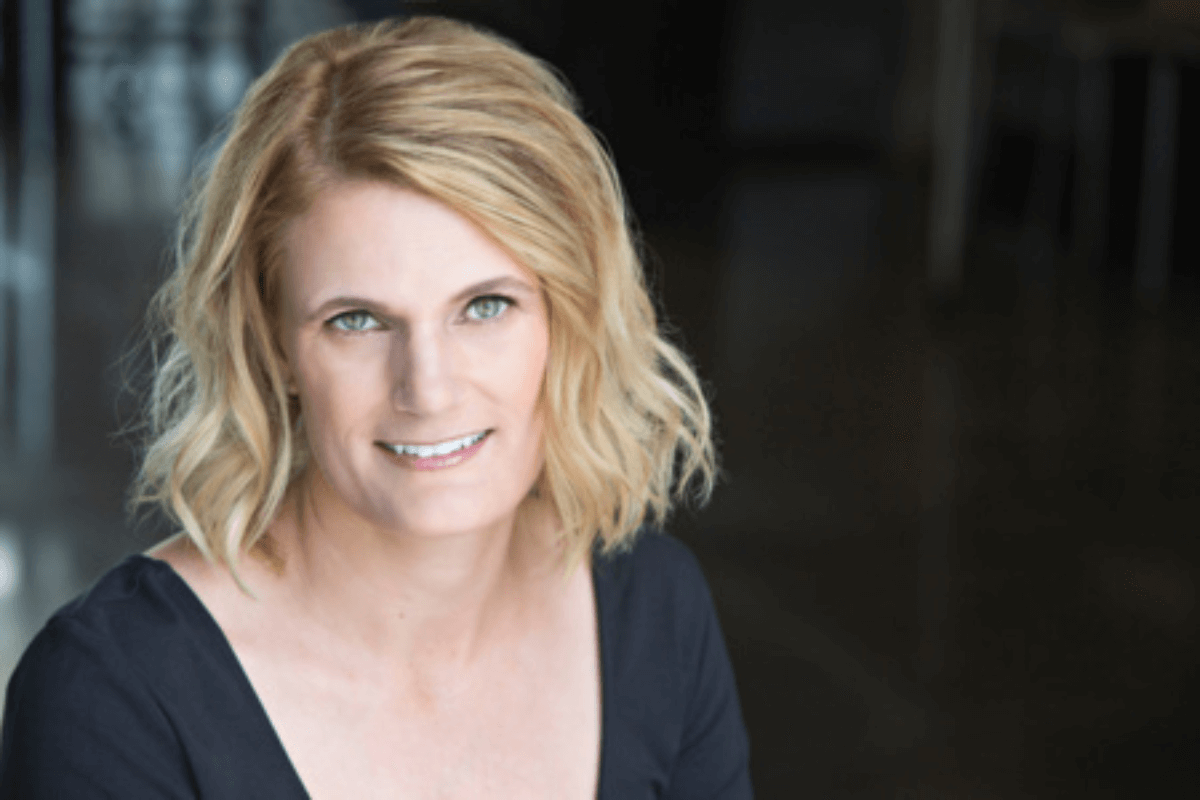
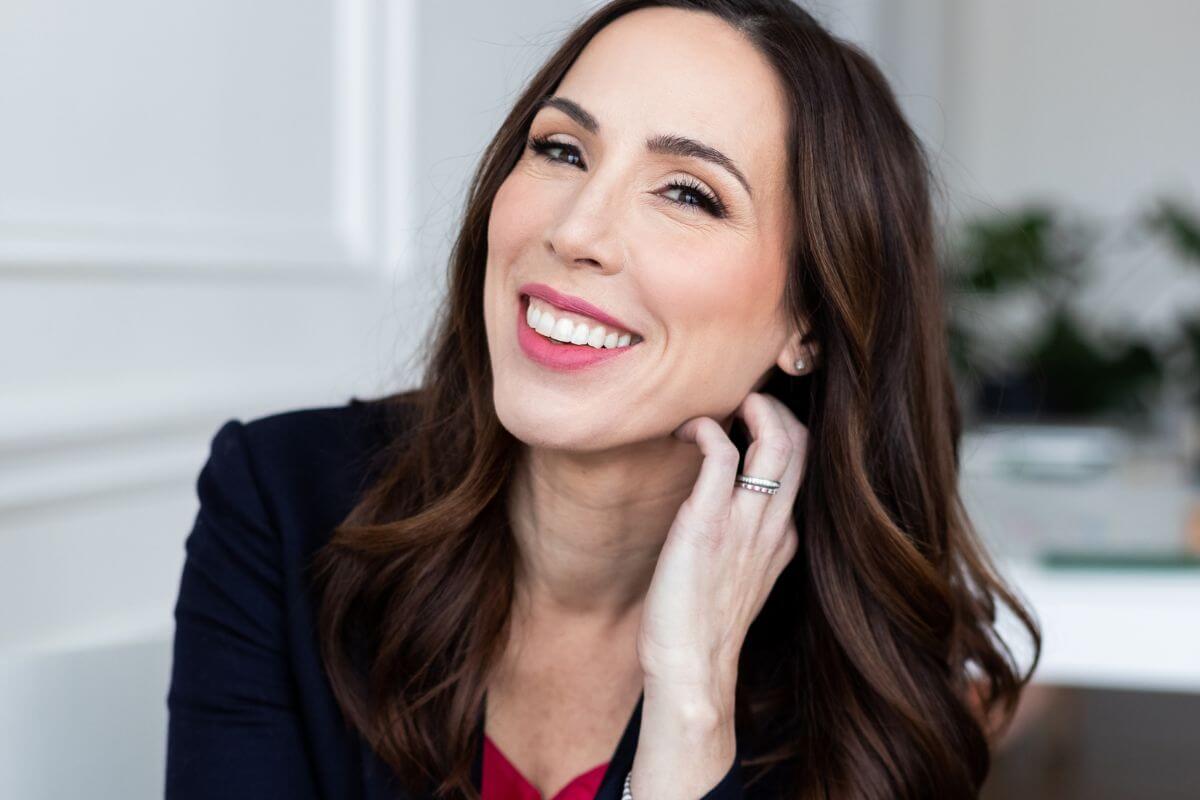
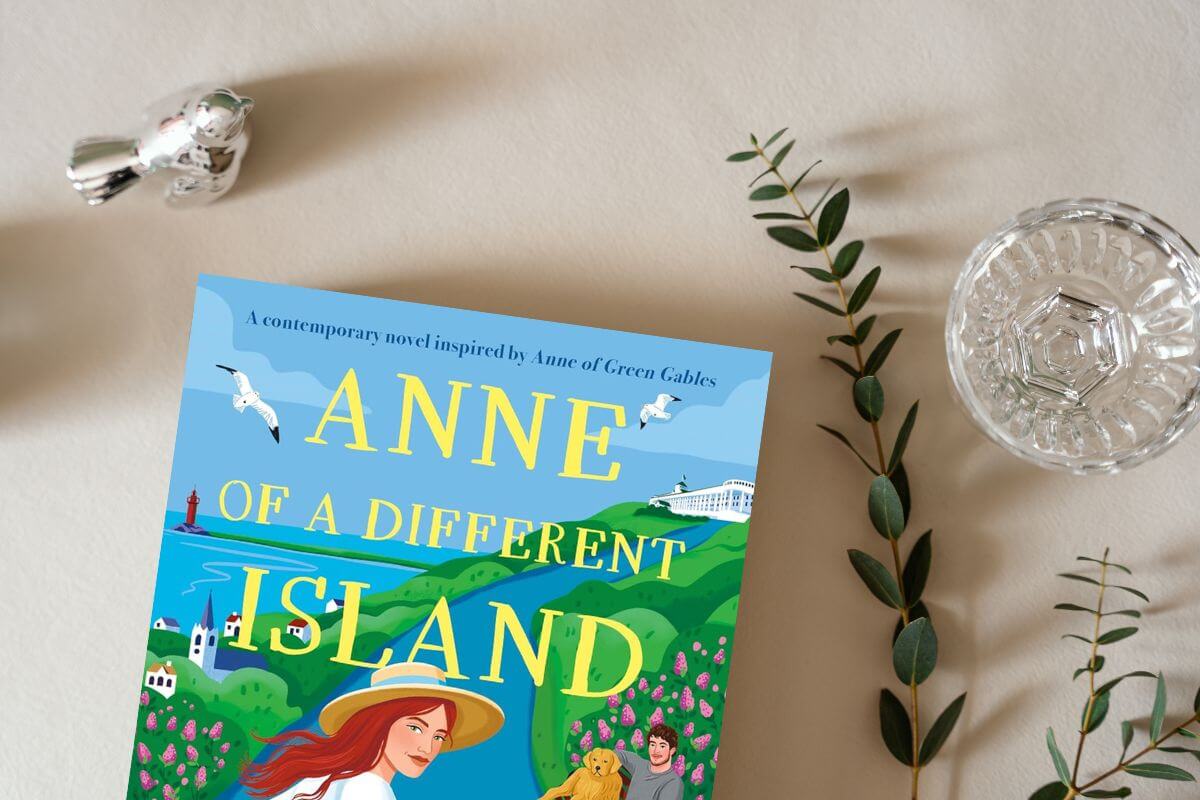
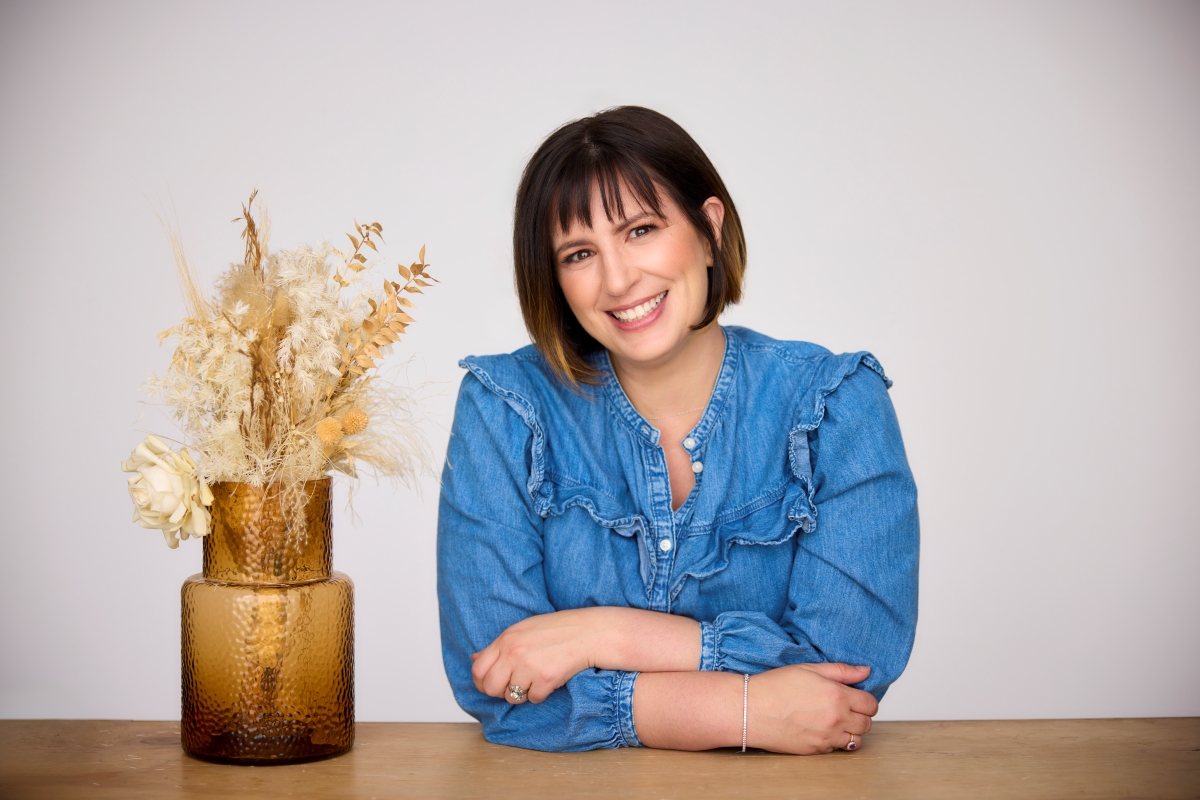
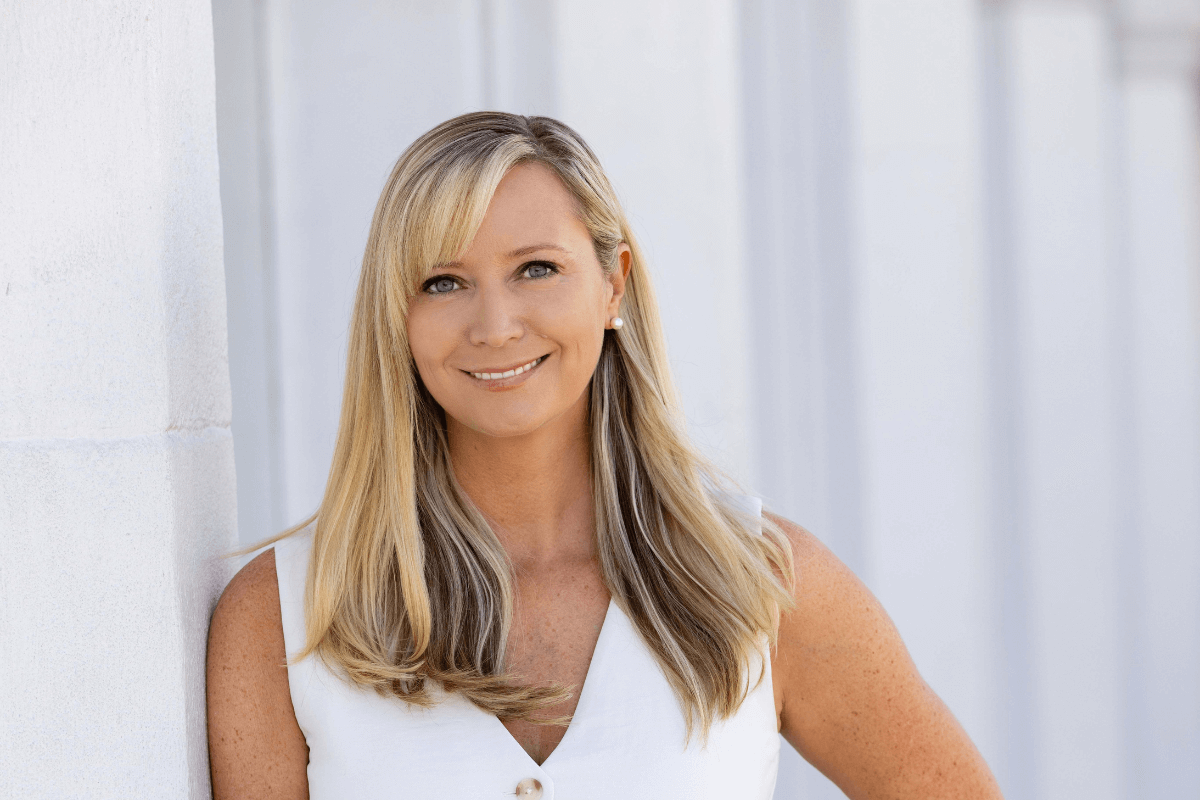
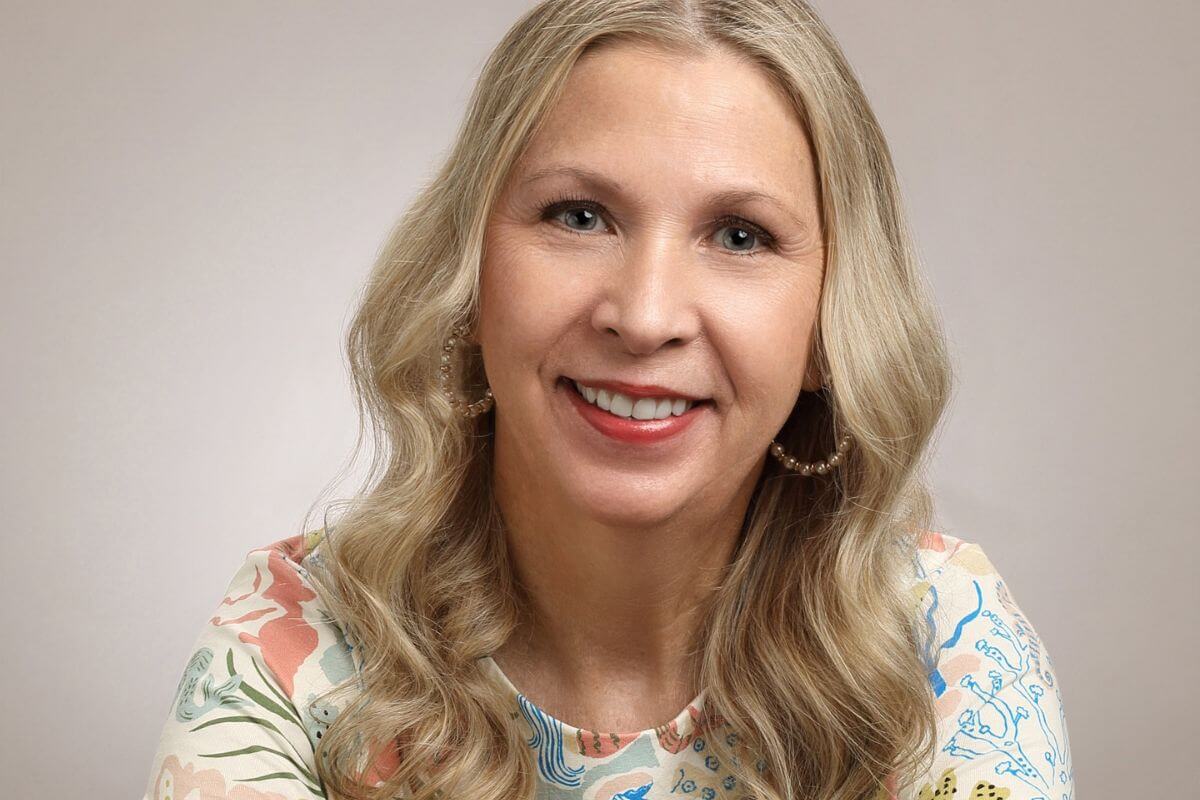
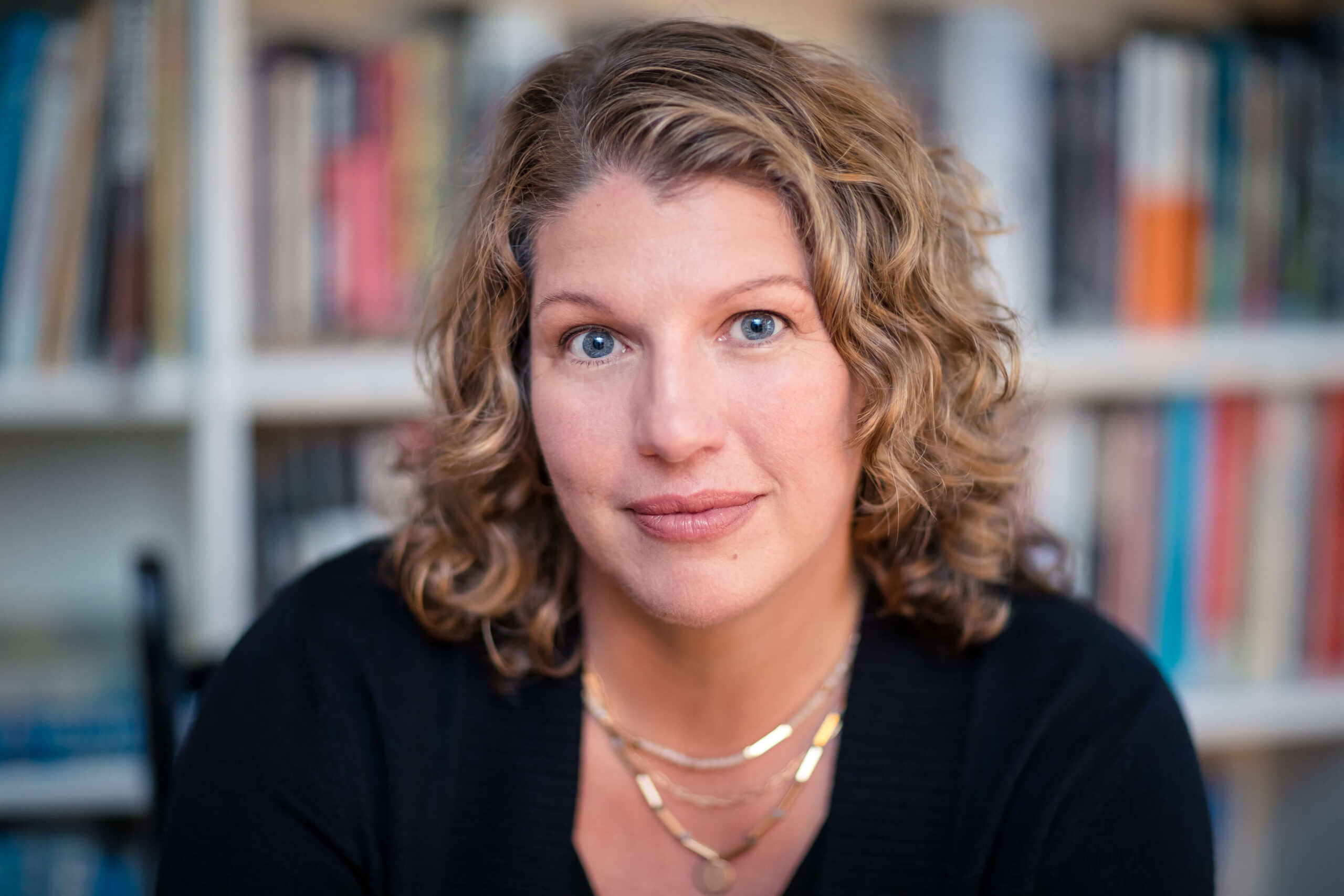
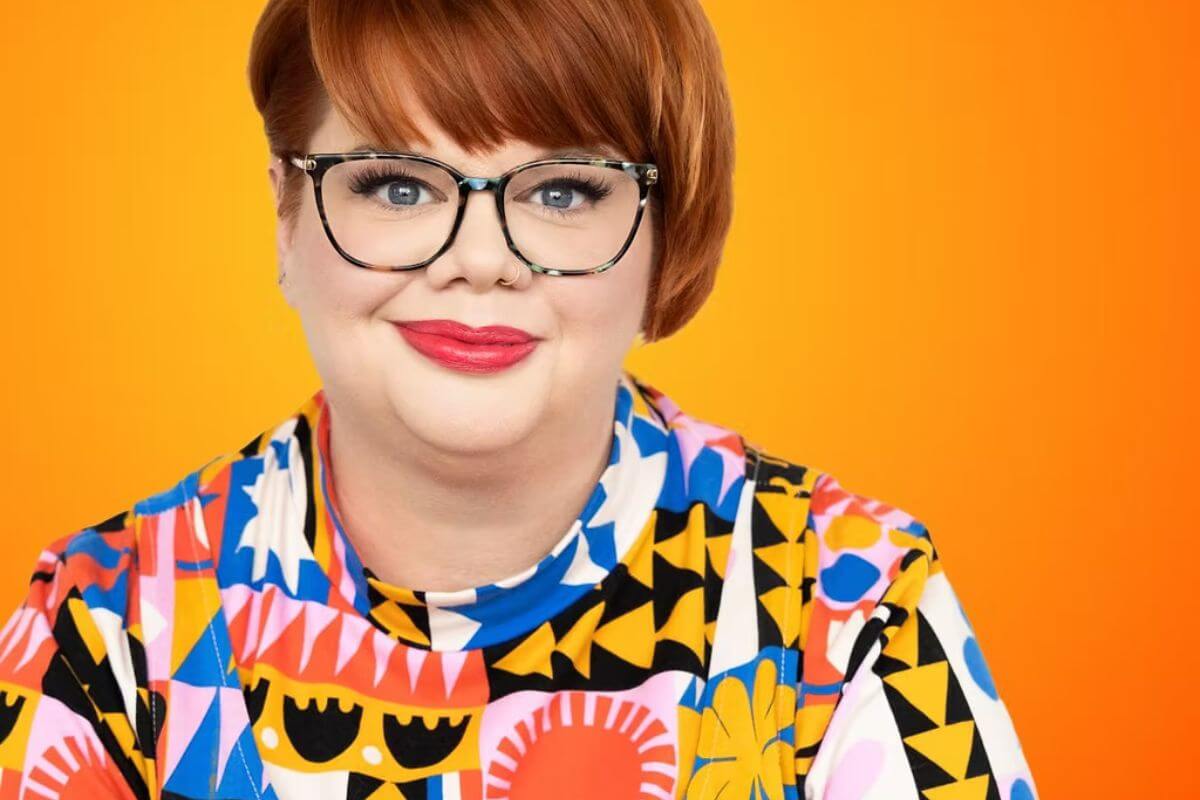
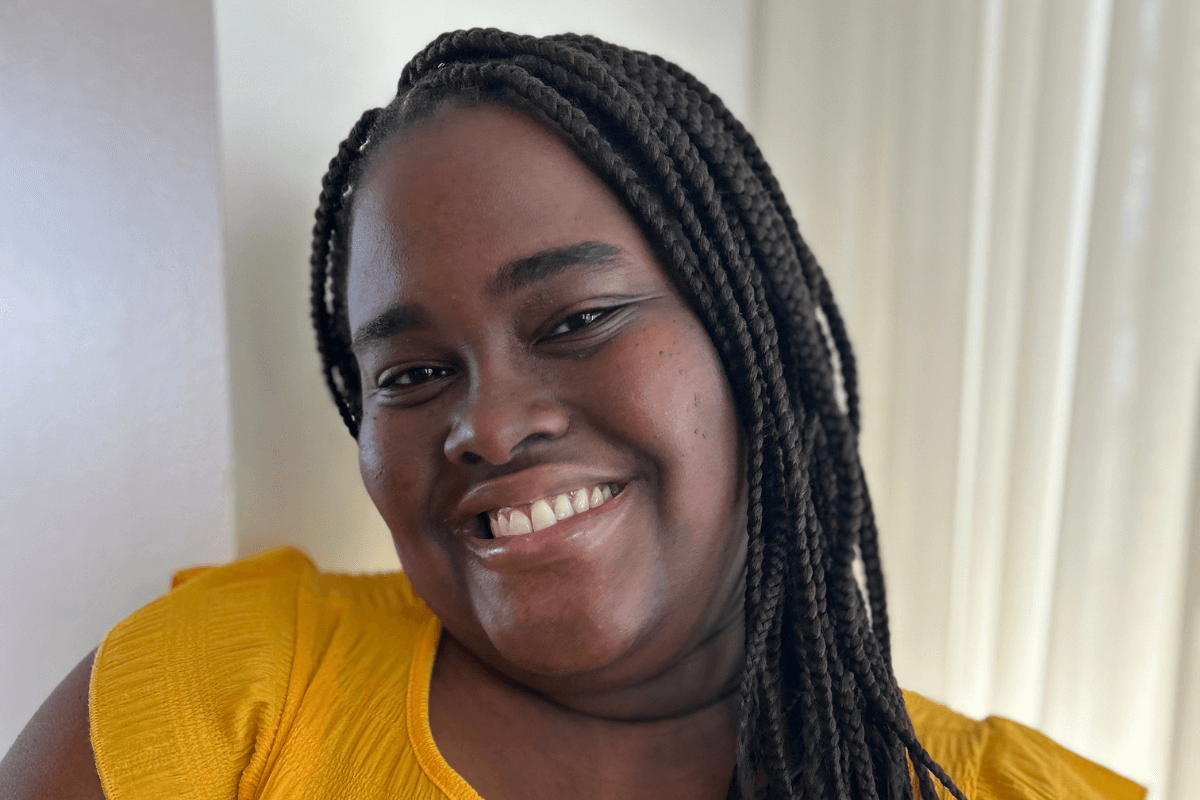


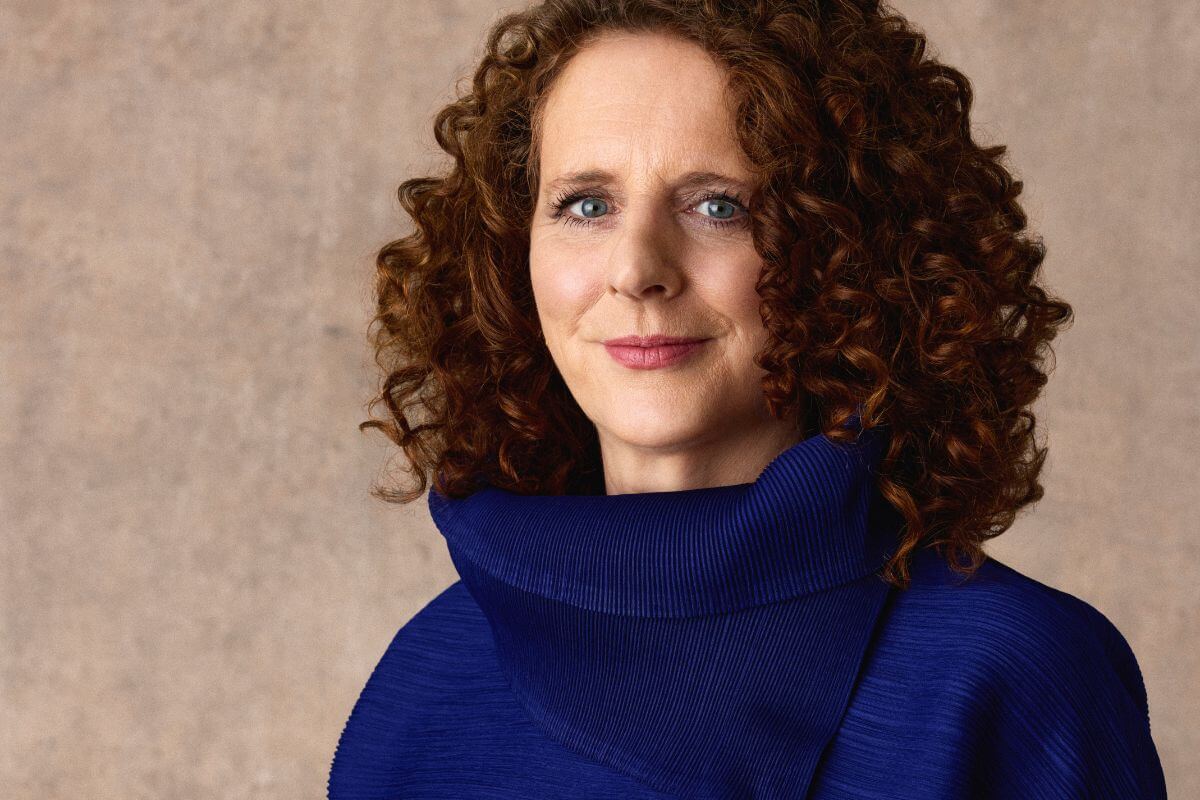
Leave A Comment